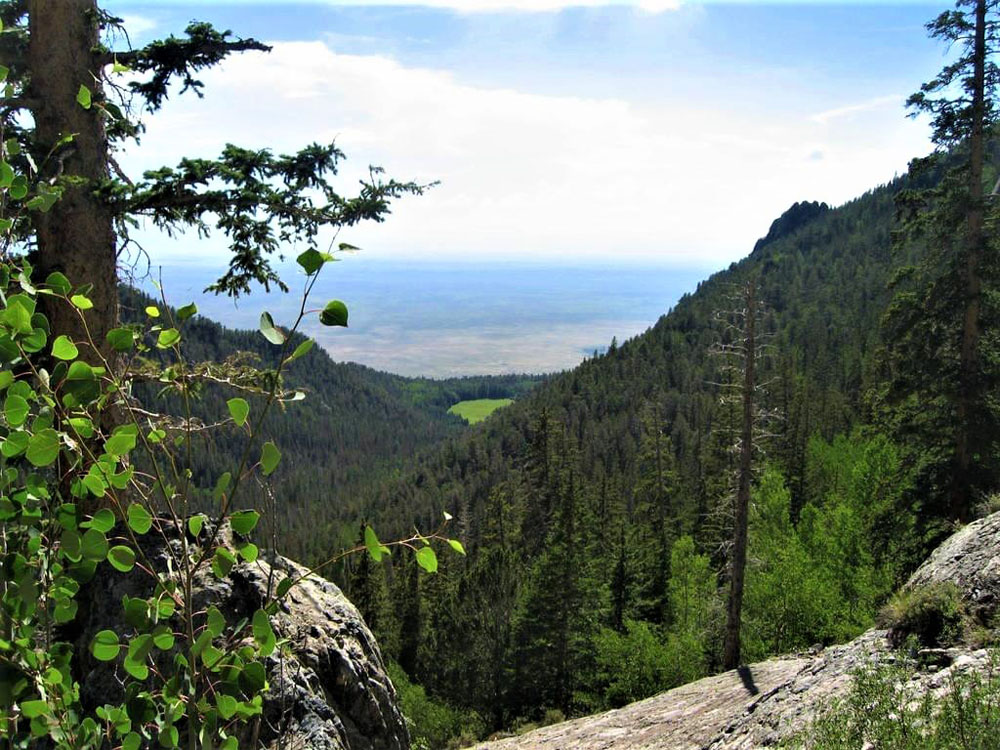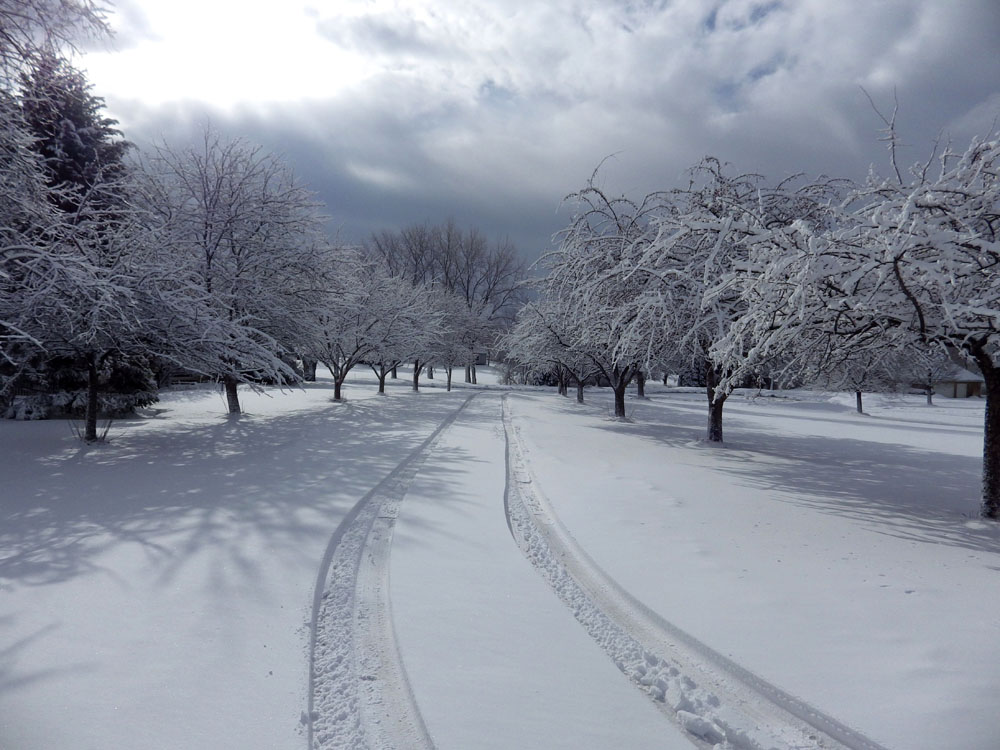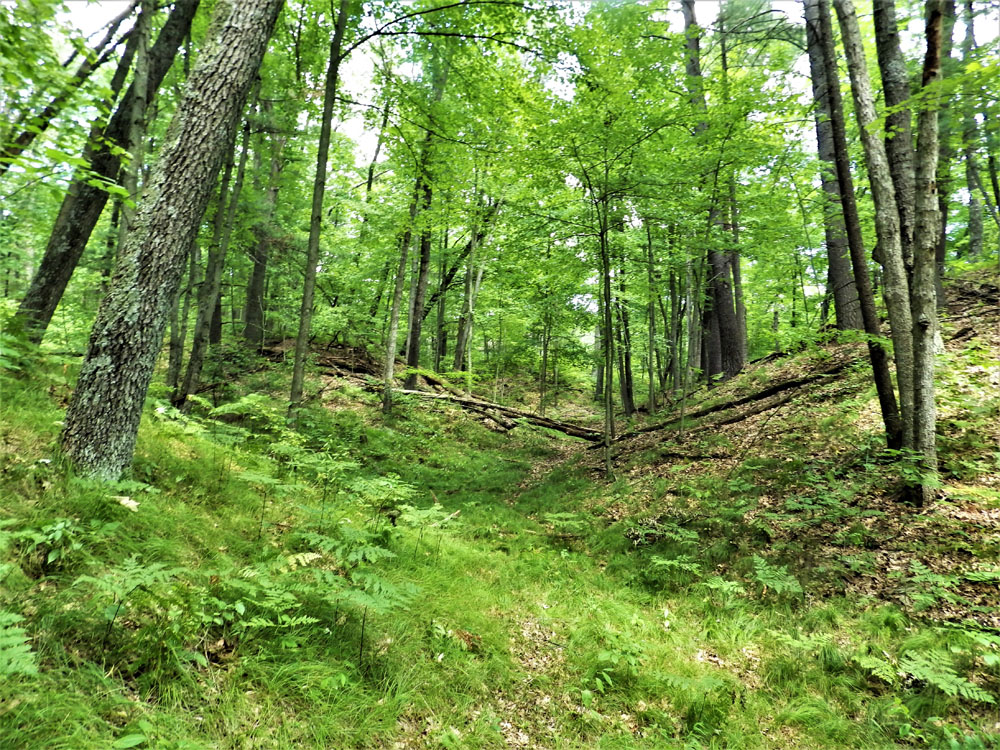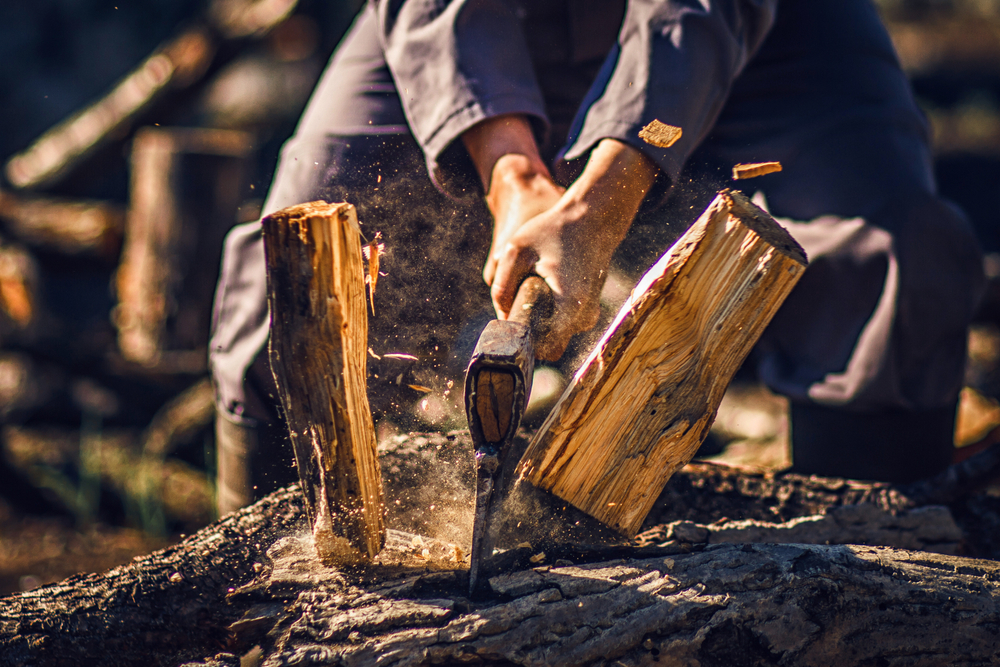Any overland emergency can quickly get complicated. If you’re in an area close to auto repair shops or suppliers, things can get a little easier, but in remote areas, you’re on your own. And it’s not just about vehicle breakdowns, but medical emergencies or something as fundamental as running out of water or running out of gas.
How much you pack and prepare for potential overland emergencies depends on a variety of factors, including the size of your vehicle and your budget. You can only pack so much, so it’s wise to stop and think about the intelligent choices that get you to your destination and back home. Here are some things to keep in mind.
Table of Contents
- Your Overland Route
- Your Overland Destination
- Weather Depending on Time of Year
- Age and Number of People in Your Party
- Duration of Your Overland Trip
- Overland Skills
- Packing for Yourself and Your Group
- Overland Cooking Alternatives
- Overland Emergency Clothing
- Overland Medical Emergencies
- Packing for Overland Vehicle Maintenance and Repairs
- Emergency Overland Navigation
- Overland Tools and Equipment
- Have We Missed Anything?
Your Overland Route
Is most of your trip on paved highways, or are you going to be doing a lot of off-roading across rugged terrain at any length? Off-road conditions will take their toll on a vehicle and also remove you from easy access to services, from stores to hospitals.
Your Overland Destination

Are you headed for an organized and established campground or looking to set up camp in the wilderness? That will affect your planning and packing, and what you may truly need.
Weather Depending on Time of Year

It’s obvious that we dress differently in winter versus summer, but are you ready for torrential rain or dangerous windchills? The wrong clothing at the wrong time of year can complicate everything and send you home sooner than planned.
Age and Number of People in Your Party

Water and food are always a primary consideration, but make sure you think about how many people you need to feed and their ages. And remember that the average adult requires at least a gallon of drinking water per day. Kids will probably need less, but play it safe and figure a gallon a day for everyone. Learn how to source and purify water in this guide!
Duration of Your Overland Trip
How long are you planning to travel overland? This also affects how much you pack. It’s wise to try to chart locations where you can restock on the road and to take a quick inventory anytime you stop in a town or gas station to assess anything you need to restock.
Overland Skills
Knowing how to do a lot of things can have the biggest impact on the success of your overland trip. You could have a full adventure medical kit, but if you don’t understand basic first aid skills, you’re at a disadvantage. Trying to read a first aid manual for the first time to figure out how to apply a tourniquet to someone seriously bleeding is not a good idea.
The same is true for vehicle repairs. Congratulations if you packed a spare radiator hose when your old hose bursts on the road, but if you don’t have a clue about how to replace the old one, having the new hose isn’t much help.
At the very least, bring along a first aid manual and a vehicle repair manual specific to your vehicle.
Packing for Yourself and Your Group

Photo by Onfokus via iStock
We’re not going to go through the entire list of things you would pack for an overland trip, only those items that could prevent an emergency for you and your family or friends. We’ll also present things in two tiers. One assumes limited space and budget, and the other generous space and budget. Generous items represent either additions to the limited gear or alternatives.
Water
We can live weeks without food, but no one can live more than 3 days without water. Here are some basics to remember:
Limited:
- One 5-gallon Jerry can filled with water, especially if you are headed into deep wilderness and especially desert areas.
- Water filter and purifier options. A handheld, backpacking water filter can make short work of water purification, but water treatment tablets like PotableAqua are small packages and can make all the difference.
- Canteens or stainless steel water bottles for day-hikes.
- Hydration powders or mixes that add electrolytes when dehydrated, especially in desert environments or mid-summer.
Generous:
- Two 5-gallon Jerry cans filled with water.
- Bottles of Gatorade or Pedialyte, especially in desert environments or mid-summer.
- A water filtration pitcher, like a Brita, for easy access to purify water.
Food
You’ve no doubt packed plenty of food and cooking equipment and utensils, but emergency food is another story. If, for some reason, you become stranded far from stores, you might be able to wild forage, hunt, or fish, but the area and time of year could limit those options. Here are some possibilities for emergency food if you run out:
Limited:
- MRE’s. They are complete meals in a package, and while they won’t win any Michelin stars for cuisine, they will sustain you when all else is gone. 6 MREs for each member of your group is a safe bet, depending on how remote your destination happens to be.
- Canned meats and fish. This is all about protein. Canned ground beef, sausages, tuna, and even salmon can give you a meal high in protein. Nuts are another good possibility, or nuts mixed into a trail mix. It may not be everyday food, but it can be, and it’s especially important if you’re running out.
Generous:
- Staples. Yes, you can cook it from scratch, and staples like flour, pancake mix, salt, yeast, dried beans, rice, sugar, pasta, and powdered seasoning mixes for chili, soups, or stews can give you a fighting chance if the food supply runs low. Don’t forget a cookbook if you’re new at cooking from scratch.
Keep Reading: Emergency Signaling: How to Get Found Fast When It Counts
Overland Cooking Alternatives

Photo by Doidam 10 via Shutterstock
It’s easy to assume that we’ll always be cooking over an open fire, but if the weather is horrible or firewood is simply unavailable in a mountainous or desert region, it helps to have an alternative cooking source. Here are some possibilities:
Limited:
- Propane gas stove.
- Propane gas stoves are usually single-burner stoves powered by a single, small propane tank. Don’t forget an extra propane tank.
Generous:
- Dual-fuel gas stove.
- Dual-fuel gas stoves burn either white gas or regular gas. They tend to be larger but often offer two to 3 burners, making cooking complex meals a bit simpler.
Overland Emergency Clothing

Photo by jazzzmonet via Shutterstock
Weather can change suddenly from torrential downpours to blizzards to life-threatening wind chill factors or heat indexes into the hundreds. Here are some commonsense preparations:
Limited:
- Poncho or a full rain suit for each person.
- Stocking cap and gloves in cold seasons or mountainous areas.
- Wool socks in cold weather.
- Baklava or scarf in winter.
- Sun hat with a wide brim in desert areas and during summer.
- Sunglasses for both sunny days in summer and especially sunny days in snow-covered areas to prevent snow-blindness.
- Shorts and vented shirts for extreme heat.
Generous:
- Down parka in winter and snow pants if you’re far off-road.
- Extra boots for hiking and varying ground conditions, from water to snow.
- Rain fly over tent to enhance waterproofing or shed excessive snow.
- Snowshoes are required if heading into deep snow or mountainous territory.
Overland Medical Emergencies

Photo by Aleksey Matrenin via Shutterstock
This isn’t about packing a standard kitchen first aid kit. You may need to deal with more than an occasional cut or scrape.
Limited:
- A large assortment of bandages in various sizes.
- Butterfly bandages for deep wounds.
- Triple-antibiotic gels or creams to prevent infection.
- Suture kit (and the knowledge of how to use them).
- Topical creams to treat sunburn, insect bites, burns, rashes, and other skin afflictions.
- Insect repellent.
- Snake bite kit and the knowledge for how to use it (especially important in desert or swampy locations).
- OTC medicines to treat pain, congestion, allergies (Benadryl), stomach upset, and diarrhea (a common occurrence due to water quality or cooking quality).
- Prescription medications, if you or someone in your group has a chronic condition.
- Hand sanitizer and rubber surgical gloves to prevent infection.
- First aid manual. Read it before departure, but have it on hand in case you have the time to learn more about a treatment after the fact.
Generous:
- There are expedition-level first aid kits that include supplies for broken bones (splints/elastic wraps/gauze rolls); tourniquets for severe bleeding, burn kits that include burn gels and burn bandages, antiseptics for topical treatment of any wound or cut, and even diagnostic equipment like thermometers, blood pressure cuffs, and stethoscopes. Space is always an issue when packing, but if there’s one thing you should make space for, it’s first aid supplies, especially if emergency medical treatment is miles and miles away.
Packing for Overland Vehicle Maintenance and Repairs

Image by GeorgiNutsov via iStock
A lot of this depends on the ambition of your overland trip. It also depends on your knowledge and experience with vehicle repairs. If you are in civilized areas with towns and stores, you can always call for help, but in remote areas, you’re on your own. Here are some commonsense considerations:
Limited:
- A combination battery starter/inflater/light/USB recharger
- Extra fuel/5-gallon jerry cans attached outside of the vehicle
- Spare tire (2 spares if heading deep into wilderness areas)
- A reliable jack that can work in rough terrain
- Tire repair kit and the knowledge of how to use it
- Duct tape
- Spare headlight and brake light bulbs
- Traction pads
- Basic mechanics tool kit
- Oil
Generous:
- A winch on the front of your vehicle
- A solar panel battery recharger
- Advanced mechanics tool kit
- Transmission fluid
- Brake fluid
Emergency Overland Navigation

If you’re ever going to get lost, it’s on an overland trip. Here are some options to figure out where you are and where you’re going:
Limited:
- Cell phone with navigation apps
- Traditional map and compass
- Handheld CB radio
- Portable solar power bank
Generous:
- Handheld HAM radio and the license to use it
- Dedicated GPS unit
- Personal Location Beacon (PLB)
Overland Tools and Equipment

Photo by Maxim Gutsal via Shutterstock
You can’t do much without tools! Here are some important tools to think about:
Limited:
- Folding shovel
- Axe
- Hatchet
- Nails (various sizes)
- Hand saw
- Crescent wrench
- Vise grips
Generous:
- Wood splitting maul
- Chain saw with gas and oil mix in a dedicated can
- Small sledgehammer
- Wood chisels
- Various sizes of rope and cordage
Have We Missed Anything?

It’s quite likely we have. Every overland trip is different, and the age and condition of both travelers and vehicles vary. What’s important is to step back and consider the big picture of where you’re going and how you’re getting there. It’s impossible to prepare for everything, but it helps to at least anticipate and be ready for events that could potentially happen.
Hero photo by Yury Stroykin via Shutterstock




